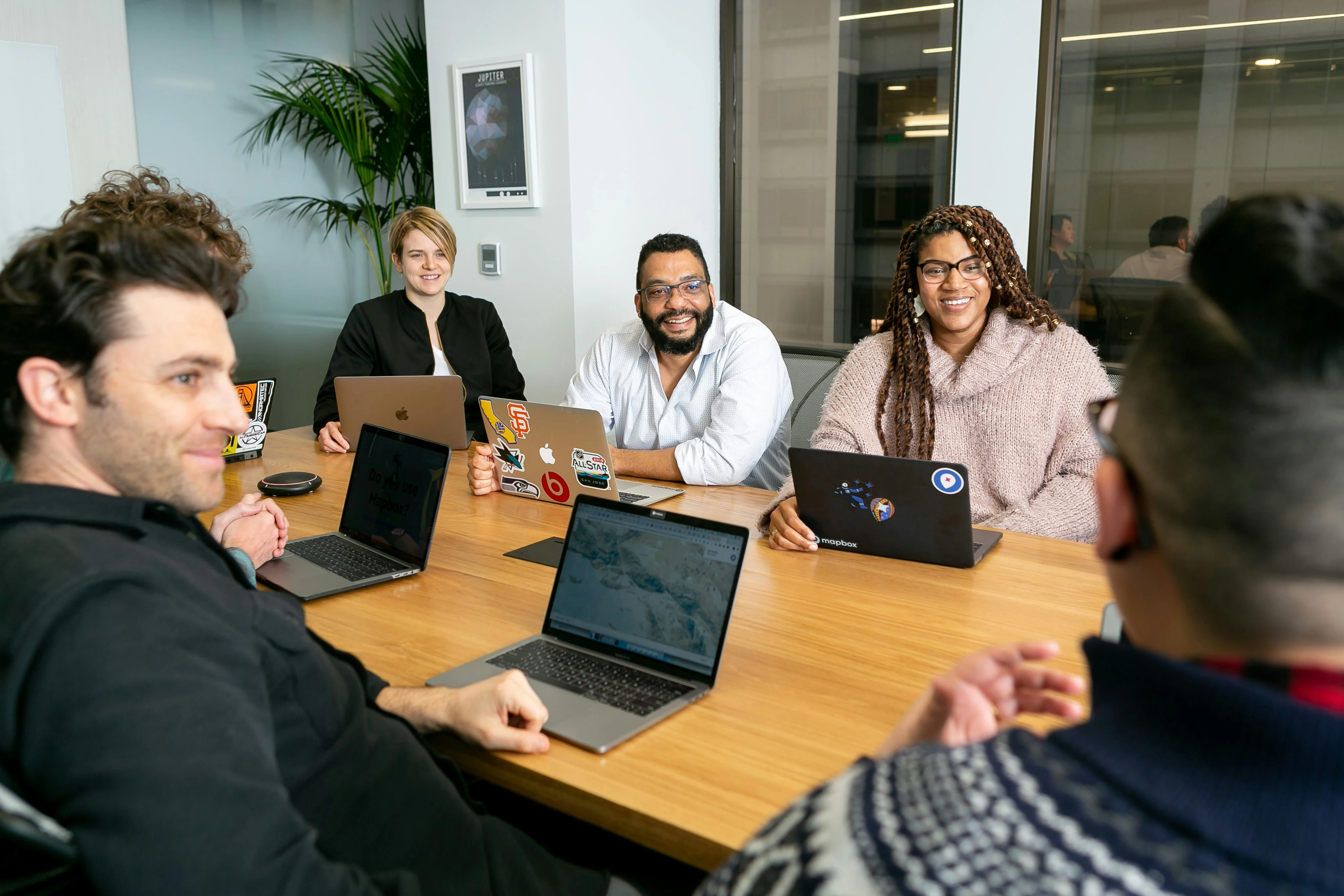As the war against COVID-19 wages on, the travel and tourism industry continues to suffer. However, it is times like these where it is important to remember that before the virus hit, business was at an all-time high. If previous recessions are any indication, we can expect travel to rebound and begin to flourish again.
Fortunately, travel and tourism companies don’t have to wait until the end of the pandemic to begin recovering. By understanding the trends emerging today, it’s possible to capitalize on them and come out ahead of the competition.
Airlines and airports turn to technology to ensure passenger health and preserve profits
To continue operating through the pandemic, airlines have made radical changes to how they do business. However, it remains to be seen which of these changes are here to stay for the long term, and which represent the first stage in an evolution towards a “new normal.”
For instance, it is unlikely that airlines will limit the number of passengers allowed on a flight long-term. As JetBlue Chief Executive Robin Hayes explains, “most airlines have a break-even load factor of 75 to 80 percent, so clearly capping flights at 55 to 60 percent, which is what we’re doing right now, is not sustainable.”
However, this doesn’t mean airlines won’t have to make long-term changes. One such concession will likely be making it easier for travelers to change flight reservations. “It’s not ever really going to be acceptable, I don’t think, for someone who is unwell to feel that they’re being made to fly,” says Hayes.
It’s not just airlines that will have to develop new practices. Airports are considering the way passengers move through their facilities and are adjusting accordingly. Clear, a biometric security company whose kiosks are used in 34 U.S. airports, is already modifying their software in response to the pandemic. Iris scans are now the primary option for identity verification instead of fingerprints, which were previously the standard. Clear has also added thermal scanners to kiosks, anticipating that temperature checks may become a requirement.
Hotels straddle the line between health safety and hospitality
Hotels are prioritizing sanitation and cleanliness over amenities such as pools, gyms, and bars. This means that hand sanitizer, social distancing, and transparent shields will be the norm for some time.
But hotels still need to make guests feel relaxed and at home – customers must feel as though their accommodations are safe, without being made to feel as though they have entered a hospital.
As always, the solution will likely involve advances in technologies. According to guidelines from The American Hotel & Lodging Association, “The use of technology to reduce direct contact with guests, lobby population and front desk queue is encouraged, where feasible. In addition, contactless payment processes are encouraged, and when not available, employees should minimize contact as much as possible.”
Travel brands seize opportunity for customer engagement
For travel brands, marketing is more critical than ever. There are already great examples of this: Delta flies medical volunteers free of charge; Carnival has provided their ships for use as offshore medical facilities; and Four Seasons have offered free rooms to healthcare workers.
Travel companies can also learn from organizations that capitalized on marketing during previous recessions. By building brand awareness and value during a recession – which is not dissimilar from our current pandemic – companies are able to speed up recovery. An example of this is Visit Las Vegas’ #OnlyYou video. The deserted Vegas strip in the sizzle reel reminds people that the city will still be there when it’s safe to travel again.
Companies optimize customer service and call center experience
With the chaos inflicted by COVID, travel companies have seen a spike in call volume. This is unlikely to change even as travel begins to open up. Customers are expected to have questions and concerns that need to be addressed before they feel comfortable enough to travel again.
For travel brands, this can be seen as an opportunity to streamline digital touchpoints and make the booking process simpler for guests. By blending digital and call center teams, leveraging natural language processing tools to analyze calls, and optimizing customer demands across channels, travel companies can use this slowdown to improve their customer experiences and earn trust for when customers come back.
While the future is uncertain, one thing is clear: travel and tourism companies will rely on technology to drive post-COVID recoveries. Gerent has over ten years’ experience developing Salesforce solutions that improve customer experiences, optimize marketing efforts, and drive revenue. For more information on how we can help you prepare for life after COVID, contact us today.









.jpg)